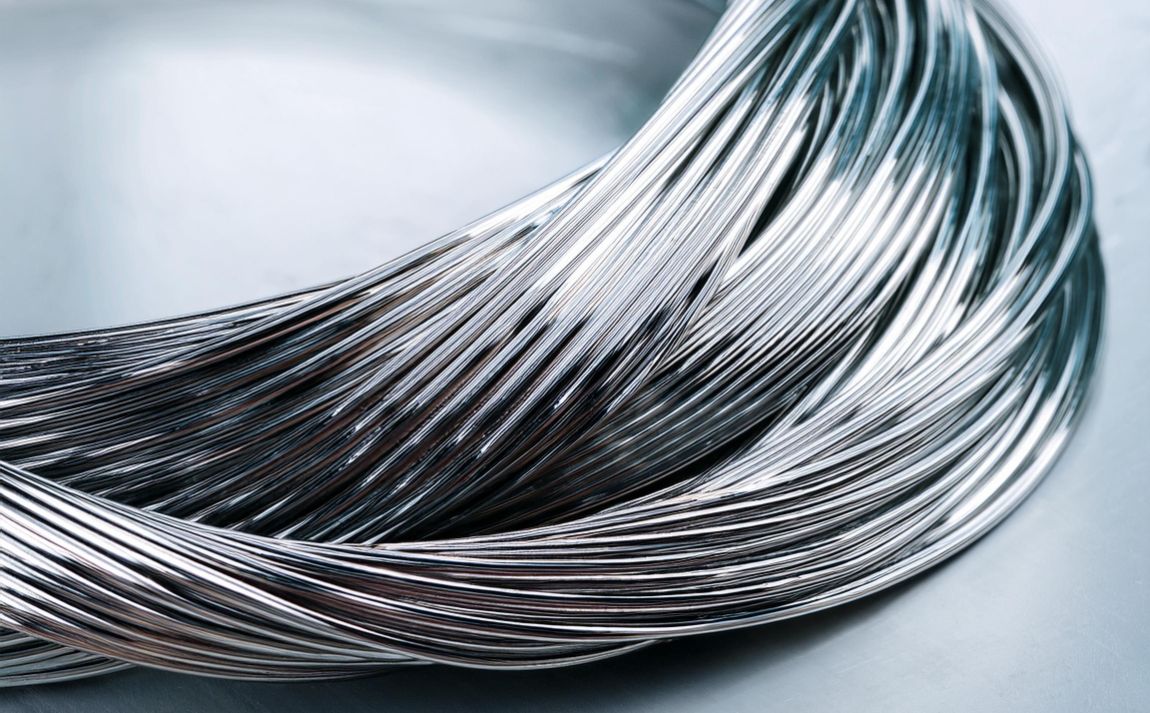- Markets
- Catalogue
- Services
- Tools & Resources
- Downloads
- Company
- Newsroom
-
Nexans Insights
- Nexans Insights
-
Blog Posts
- Overview
- Growing demand for copper and its future
- Electromobility: the road to building an increasingly sustainable transport system
- Guide to Prevent Fires and Accidents at Home (only in Spanish)
- Ten technologies to electrify the future: Electrical and Fire Safety
- Big data & AI
- IoT
- Unveiling innovations transforming the industry
- Transforming buildings industry with 3D printing and modular construction
- The path to effective fire safety in buildings
- Powering the digital change
- Unleashing the power of DC buildings
- Sustainable buildings for a brighter future
- Industry 1, 2, 3, 4... and 5.0
- Nexans copper odyssey
- Blog Posts
- Find Distributors
- Search
- Contact us
- Compare
- Sign in
Limitations of aluminium as an electrical conductor in residential installations

- Aluminum heats up to 12 times more than copper, significantly increasing the risk of fires.
- Its lower energy efficiency leads to higher electricity consumption, which is directly reflected in an increase in the electricity bill.
Lima, January 22, 2025. Given the circulation of some voices about the use of aluminum as an electrical conductor in Peru, experts in the sector warn that this metal has important technical and safety limitations that make it unsuitable for use in residential installations (both for housing and for offices and shops). In addition, its implementation would imply higher costs, negatively impacting the economy of Peruvian families. On the contrary, copper is the standard material and approved by the current legal framework in electrical conductivity, offering efficiency, safety and durability in electrical systems.
From a technical point of view, one of the main disadvantages of aluminum as an electrical conductor is that to transmit the same amount of energy as copper, it requires "much greater thickness", which could technically be achieved with a cross-sectional area up to 2.5 times greater. "This implies the use of significantly thicker cables, which in turn would require a restructuring of the spaces for the pipes and a comprehensive redesign of the electrical system," explains José López, Offer Manager for the infrastructure, mining and generation segment of INDECO by Nexans, a leading company in the development of connectivity solutions. In addition, aluminum tends to heat up much hotter than copper, considerably increasing the risk of overheating and possible failures in electrical systems.
Along the same lines , Orlando Ardito, general manager of the Association of International Companies of Electrical Products of Peru - EPEI Peru, points out that, in a hypothetical scenario of modification of interior installations, it would be essential to use conductors of a considerably larger diameter or "thickness". This would not only require the replacement of the conduit pipes, but also the adoption of other types of outlets, a different way of making the joints, among other issues.
Increased risk of short circuit and fire
From a safety standpoint, aluminum poses significant risks due to its high sensitivity to heat. Its electrical conductivity is equivalent to 60% IACS (reference unit based on copper conductivity), while copper reaches 100% IACS. In addition, aluminum heats up to 12 times more than copper, increasing its vulnerability in high-temperature conditions. "When exposed to high temperatures, the plastic coating of the cables melts more quickly, exposing the metal and increasing the risk of short circuits and fires," explains Ardito.
According to data from the General Corps of Volunteer Firefighters of Peru, nationwide in the last 5 years there have been an average of 13,500 urban fires per year, of which 70% are related to electrical failures, often caused by the use of counterfeit or substandard devices.
Impact on the economy of Peruvians
Although aluminum is cheaper than copper in initial terms, its lower efficiency in electrical transmission generates a considerable increase in energy consumption. This translates into higher electricity bills, directly impacting the economy of Peruvian families. Consequently, far from being an economical option, its use represents an unviable alternative from a financial point of view as well as being potentially risky in terms of accident rates.
On the other hand, the National Electricity Code establishes that copper is the only material allowed for low-voltage indoor electrical installations, which shows its importance. In addition, Peru, as the world's second-largest copper producer in 2022, with a 10% global share, sees this metal as a key economic pillar, contributing 10.9% of domestic tax revenues in January 2024, according to the Ministry of Energy and Mines.
Our websites
Select your country to find our products and solutions
-
Africa
- Africa
- Ghana
- Ivory Coast
- Morocco
- North West Africa
- Americas
- Asia
- Europe
- Oceania